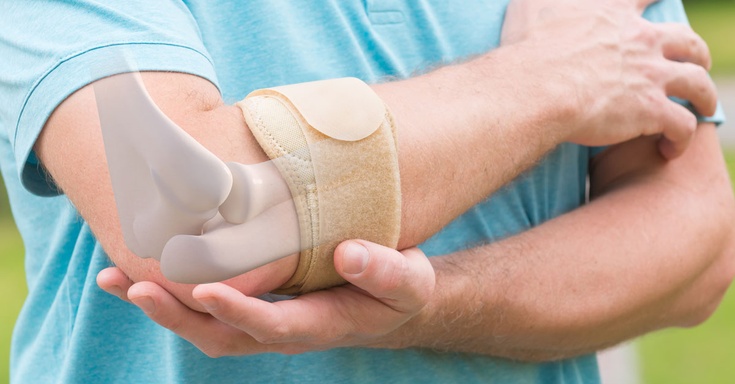Introduction:
Pain along the shinbone (tibia) is a frequent symptom of shin splints, sometimes referred to as medial tibial stress syndrome. Athletes and those who perform repetitive motions like running or leaping are frequently affected. While self-care measures like rest might offer short-term relief, physiotherapy is crucial to managing shin splints. This article examines the numerous physical therapy methods and exercises that can ease discomfort, hasten recovery, and guard against the recurrence of shin splints. Check out physio for tennis elbow.
Understanding Shin Splints:
Repetitive stress can cause the muscles, tendons, and bone tissue surrounding the shin to become inflamed or overloaded. Inappropriate footwear, overpronation, muscular imbalances, and incorrect form during exercise are all potential causes of this illness. Pain inside the shin, tenderness, swelling, and discomfort while exercising are typical symptoms.
Physiotherapy Techniques
Assessment and Diagnosis:
A physiotherapist will thoroughly assess your shin splints to determine their severity and the underlying reasons. They will consider things like your biomechanics, exercise regimen, and footwear. A personalised treatment plan is created with the aid of this evaluation.
Restoring Biomechanical Balance:
To correct muscle imbalances, such as tight calves or weak hip muscles, which contribute to shin splints, physiotherapists use a variety of approaches. They may use manual therapies to alleviate tension and restore correct muscular function, including massage, stretching, and trigger point release.
Shin splints may be caused by aberrant movement patterns or problems with foot mechanics, which can be identified by gait analysis and orthotics. Based on the research, the physiotherapist may suggest orthotics or shoe changes improve support and alignment during activities.
Exercises for strengthening and conditioning:
Building up the muscles surrounding the shin is a crucial part of physio for shin splints. The physiotherapist will create a specialised training regimen focusing on the calf muscles, tibialis anterior, and intrinsic foot muscles. These workouts lessen the stress on the shins by enhancing stability, endurance, and shock absorption.
Gradual Return to Activity:
To prevent reinjury, physiotherapists lead patients through a planned rehabilitation program while gradually reintroducing activity. They offer advice on appropriate warm-up routines, stretching exercises, and footwear choices to avoid the recurrence of shin splints.
Physiotherapists instruct people on suitable training methods, such as steady progression and cross-training, to prevent shin splints from recurring. They also offer guidance on selecting appropriate footwear, taking care of the training ground, and working rest days into the schedule.
In summary, physiotherapy is essential for treating and avoiding shin splints. Physiotherapists can efficiently treat pain, encourage healing, and help people return to their preferred activities by addressing the underlying reasons, regaining biomechanical balance, and implementing a thorough exercise regimen. Consult a physiotherapist for a customised treatment plan designed just for you if you have shin splints to ensure a quick and safe recovery.

